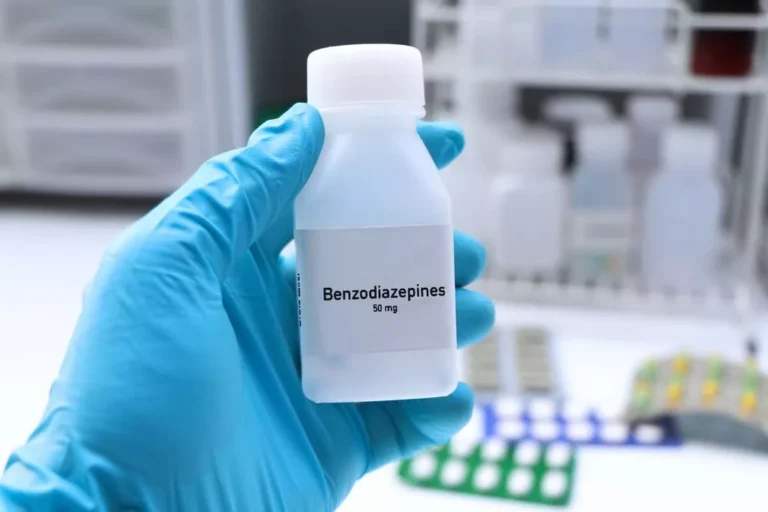
Also, levels of alcohol in the blood higher than 60 mg/dL confirmed the consistency of this protocol and were compatible with other studies (Bell et al., 2006, Simms et al., 2008a, Simms et al., 2008b). According to Simms et al., 2008a, Simms et al., 2008b, using similar protocol of intermittent alcohol (20%; v/v) ingestion, the alcohol concentration in the blood ranged from 4 to 93 mg / dL in Wistar rats submitted to 20 ingestion sessions. In our study, we observed a blood concentration of 85 mg / dL in the AL group, associating the signs and symptoms of AN observed in this study with this pattern of human consumption (NIAAA, 2022). A review of the human literature implicates nutritional deficiencies, most often thiamine deficiency, that are common in alcoholic patients, as commonly accompanying complicating factors in the development of this neuropathy. Persons with alcoholism may consume smaller amounts of essential nutrients and vitamins and/or exhibit impaired gastrointestinal absorption of these nutrients secondary to the direct effects of alcohol.

What is alcohol-related neurologic disease?
- In an animal model, Kaur et al. (2017) showed that curcumin and sildenafil administrated alone or in combination represent a therapeutic advantage in alcohol-induced neuropathic pain [176].
- Izumi et al. [73] also demonstrated that a single day of ethanol exposure in rats on post natal day 7 results in significant apoptotic neuronal damage throughout the forebrain after 24 h of ethanol administration.
- If the side effects seem life threatening or you think you’re having a medical emergency, immediately call 911 or your local emergency number.
- Additionally, the tactile sensitivity reflex was observed in thinner monofilaments in the AL group.
- The exact number of people affected by this condition is not known, but studies have shown that up to 66% of patients with chronic alcohol use disorder may have some form of the disease.
- Thus, deficiency of these vitamins was felt to be unlikely in Danish beer drinkers at that time and, indeed, measured vitamin concentrations were mostly normal.
Activation of spinal cord microglia, mGlu5 spinal cord receptors, and hypothalamic-pituitary-adrenal axis appear to be implicated in this process [92,93,94,95,96,97]. Oxidative stress also leads to the indirect damage of nerve fibers via the release of free radicals and proinflammatory cytokines with protein kinase C and ERK kinase phosphorylation [98,99,100,101]. Besides, ALN is characterized by insulin and insulin-like growth factor (IGF) resistance, which results in impaired trophic factor signaling [102, 103]. Tricyclic antidepressants (TCAs) are often the first line drugs to alleviate neuropathic pain symptoms. They have central effects on pain transmission and block the active re-uptake of norepinephrine and serotonin. TCAs have been shown to relieve various neuropathic pain conditions in many trials [115].
Muscle Weakness

Symptoms include burning pain in the body, hyperalgesia (increased sensitivity to pain), and allodynia (a condition in which normal stimulus, like a soft touch, produces pain). One of the other important issues in alcoholic individuals is the source of their calorie intake. These individuals draw the majority of calories from calorie rich alcoholic beverages with low nutritive value. Chronic abuse of alcohol depletes the pool of liver proteins which are consumed for energy production and insufficient intake of proteins only worsens this imbalance. Resulting disturbances in protein and lipid metabolism lead to undernourishment which adversely influences other metabolic pathways, including those influencing the function of the nervous system. It is important to stop drinking if you suffer from alcoholic polyneuropathy in order to stop the disease from getting worse and to correct the nutritional imbalance that is damaging the nerves and interfering with the nervous system.

Management of alcoholic neuropathy
Alcohol abuse affects the peripheral and the central nervous system adversely. A common adverse effect of chronic alcohol consumption is alcohol neuropathy. We do not know precisely how many people are affected by alcohol neuropathy, but research has shown that at least 66% of chronic alcohol abusers may have some form of neuropathy. Neuropathy has multifactorial causes, ranging from nutritional deficiencies to the toxic effects that alcohol has on neurons.

Alcoholic polyneuropathy
Progressively, the sensory and motor symptoms and signs extend proximally into the arms and legs and finally the gait may become impaired [11]. Progression of symptoms is usually gradual, continuing over months or years [2, 4]. Electrophysiologic and pathologic findings mainly indicate axonal neuropathy with reduced nerve fibre densities. Densities of small myelinated fibres and unmyelinated https://ecosoberhouse.com/ fibres were more severely reduced than the density of large myelinated fibres, except in patients with a long history of neuropathic symptoms and marked axonal sprouting [2]. Subperineurial oedema is more prominent in thiamine deficient neuropathy, whereas segmental de/remyelination resulting from widening of consecutive nodes of Ranvier is more frequent in alcoholic neuropathy [3].
Exams and Tests
It’s also recommended that you get another vision test 3 to 6 months after you stop taking Sabril. While regular vision exams may not prevent vision loss, they can help your alcohol neuropathy doctor determine if it’s safe for you to continue taking Sabril. The risk of vision loss is increased if you take a higher dosage or the longer you take the medication.
It includes more than 30 independent observation parameters, which are grouped into domains. The domains are neurological, autonomic, and behavioral; each one with its measurement and evaluation parameters (Boucard et al., 2010). This test is commonly used in studies of neuropathic disorders, and it is easily replicable.
- Symptoms include burning pain in the body, hyperalgesia (increased sensitivity to pain), and allodynia (a condition in which normal stimulus, like a soft touch, produces pain).
- Many different stimuli, including growth factors, cytokines, viral infection, ligands for heterotrimeric G protein-coupled receptors, transforming agents, and carcinogens, activate the ERK pathway.
- In the same manner, numbness and lowered ability to feel pain sensations can make people more apt to cut themselves or otherwise damage the skin.
- Symptoms can develop just 5 hours after the last drink and persist for weeks.
- Furthermore, based on the mean severity score (MSS) of FOB, dysfunctions in the AL group in neurological, autonomic, and behavioral domains over untreated animals were also shown.
- If there was no withdrawal response, the thermal stimulus was removed after 30 s.
Leave a Comment